FEMALE TRENDS OF THE 21ST CENTURY
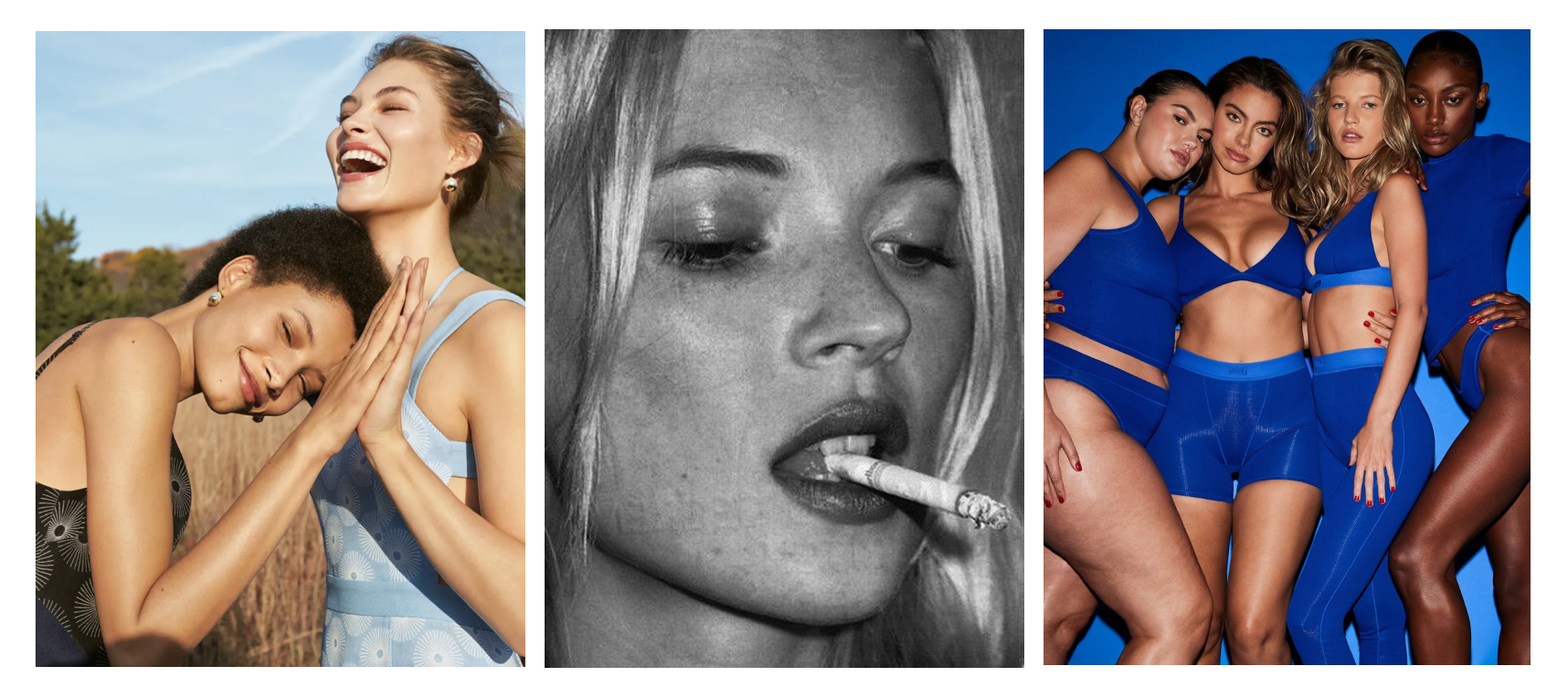
The ever-changing nature of trends for women…
The rate at which social media in the 21st century has evolved is remarkable BUT the way in which social media consumerism and indulgence has shaped our generation is even more remarkable.
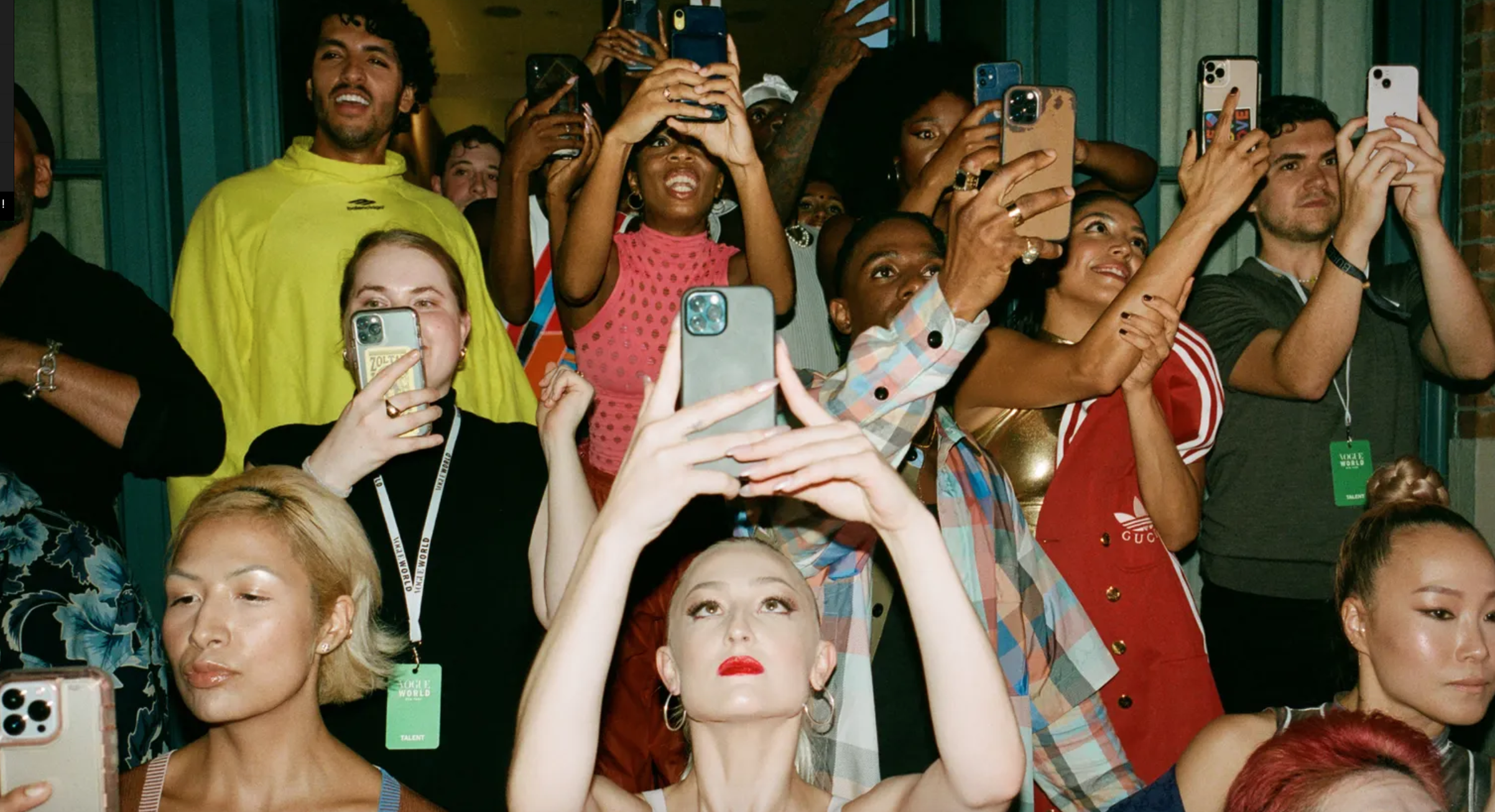
BODY IMAGE & THE MEDIA
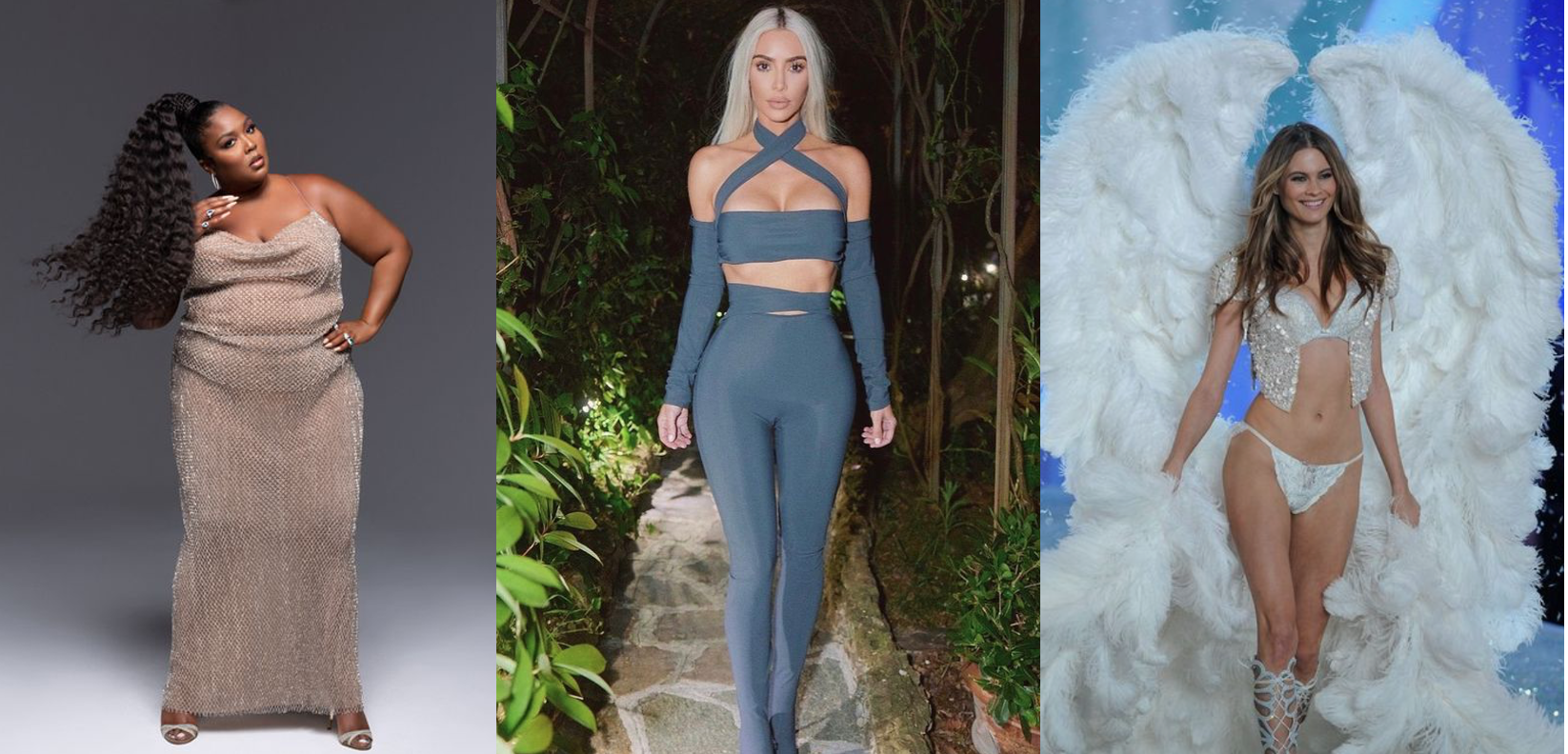
The representation of females in the media has caused trends in body image to appear. Advertisements, influencers, and celebrities in the spotlight have altered the concept of the desirable body; cherry picking aspects to build the current perfect trendy body . This has caused real human bodies to become a product. Changes appear with the ever-changing fashion trends and celebrities being celebrated. In the 21st century, we are bombarded with a large range of advertisements which has impacted the trends and increased the number of people wanting to participate alongside.
NEGATIVES
There are so many negative repercussions from the trends of different body images. Because women are over sexualized in the media this created harmful behavior around how women view their body. The body images brought to the spotlight by influencers and celebrities are unrealistic expectations for every woman to follow. When your body shape is idolized this can be rewarding, but once that trend is over its back to trying to keep up with the next body shape in the limelight.
POSITIVES
Although there are many negatives, recently we have seen some positives appearing in the trends. Body image positivity and #loveyourself has become popular as more and more women get frustrated with the unrealistic expectations previously brought to us. We have also seen a bigger range of models on clothing sites which has helped create positive aspects of all the different body shapes. The pop singer Lizzo has been a huge role model for all women struggling to love themselves for who they are. She has put herself out there and allowed for the stereotypical body image to hold less worth, instead, all body shapes hold the same worth.

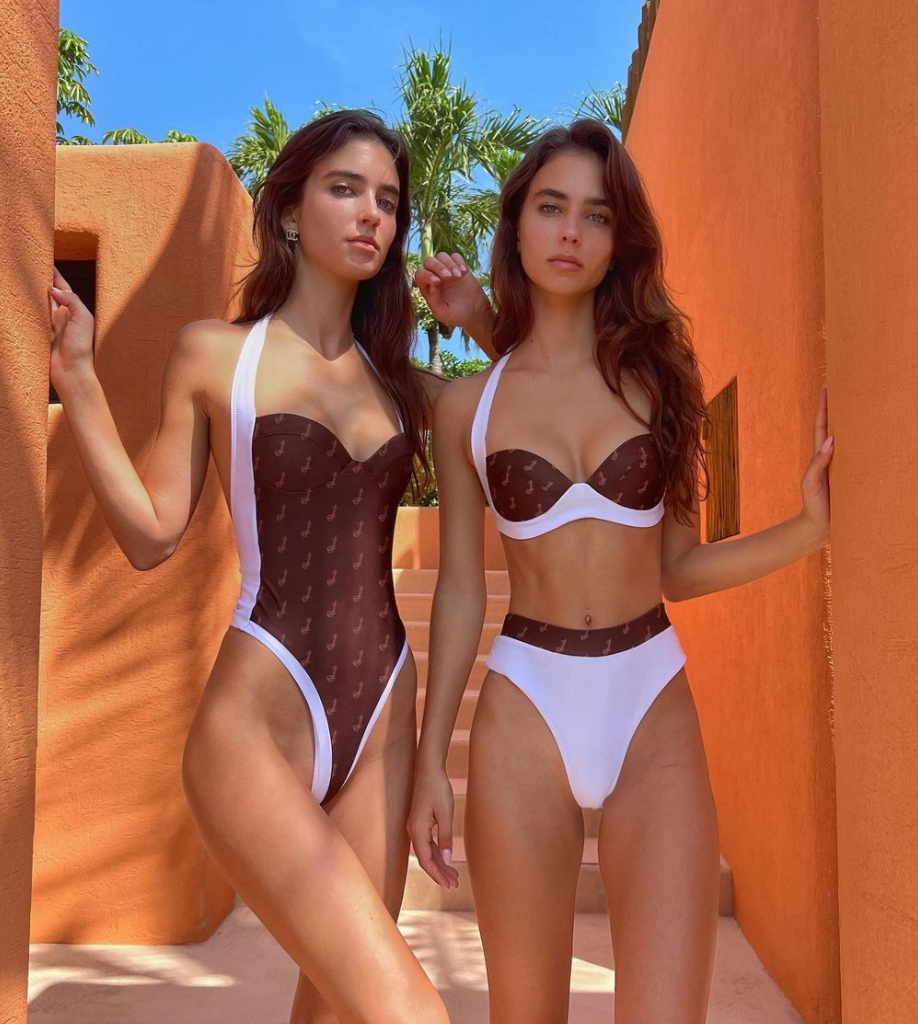
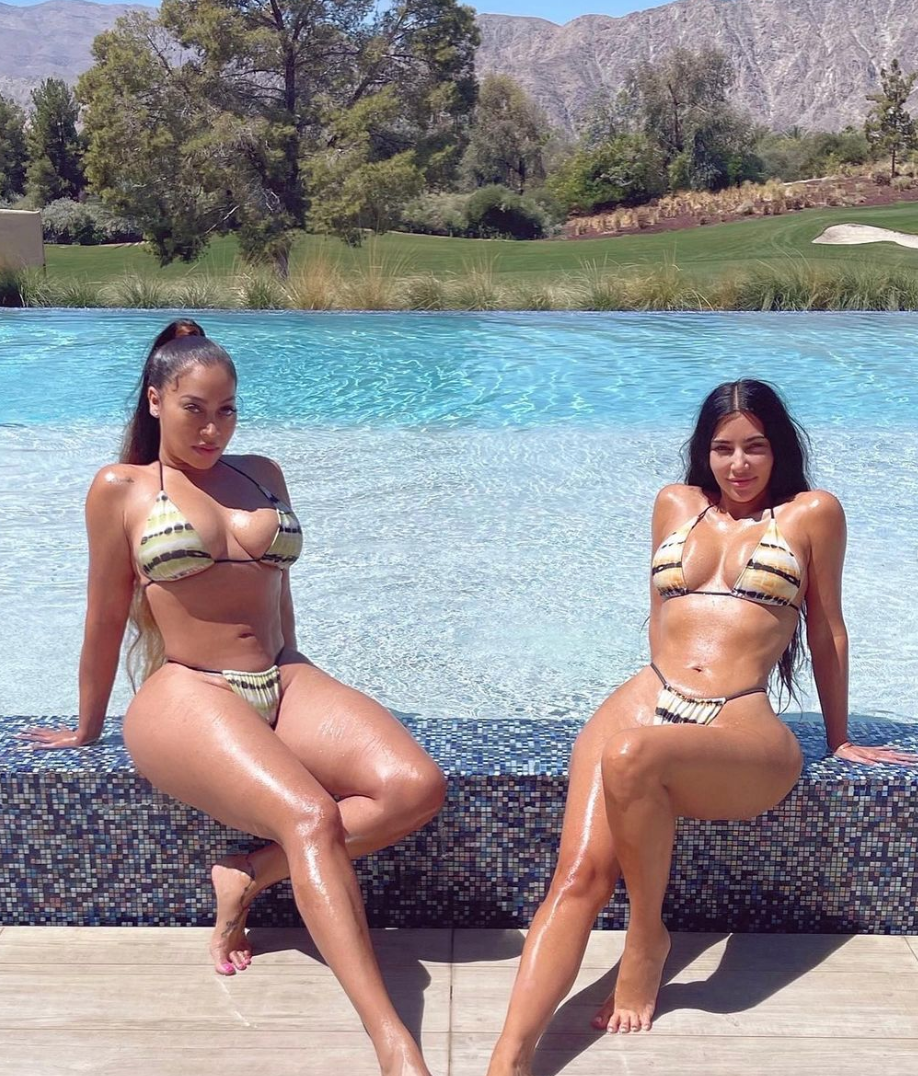
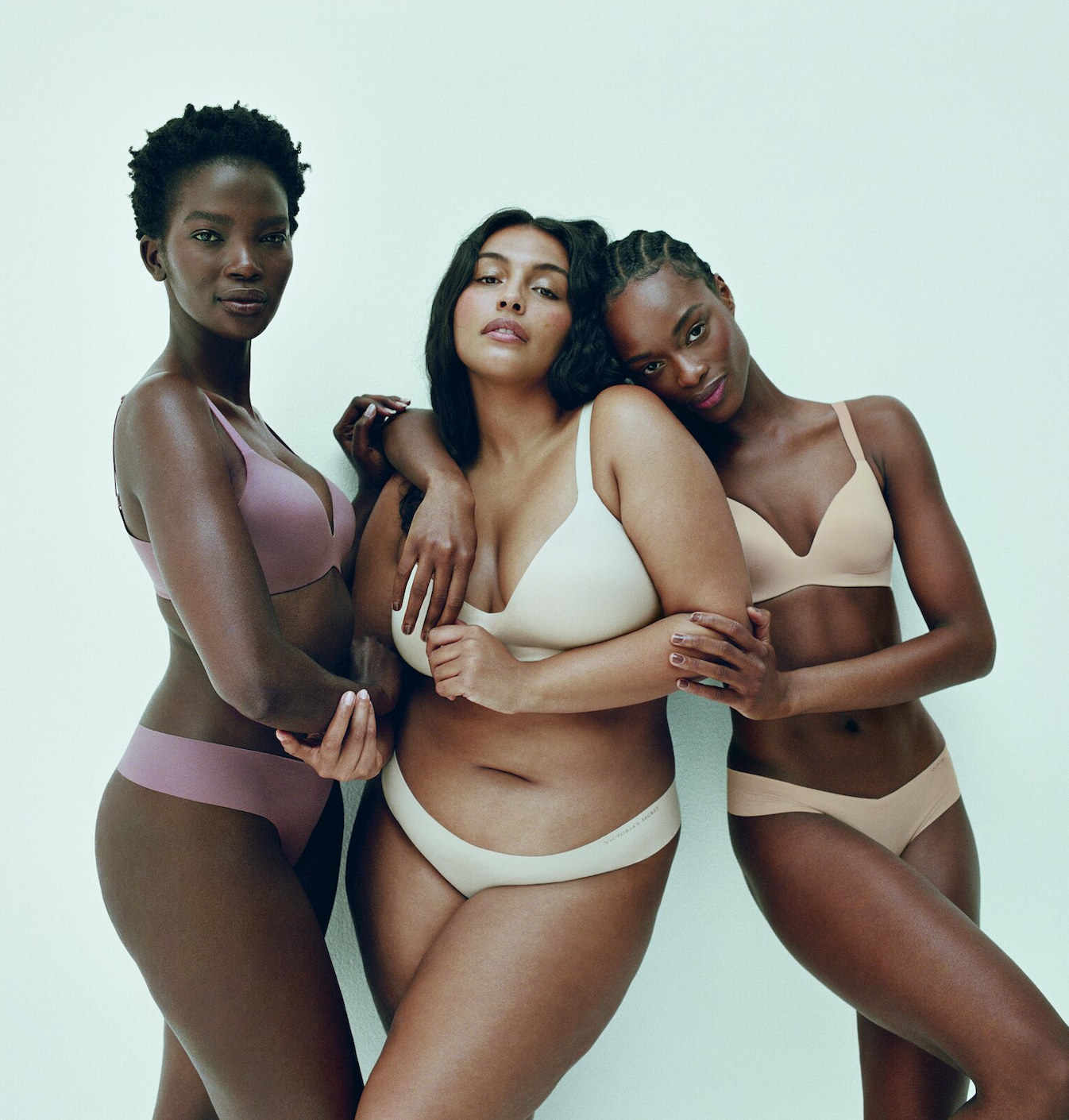

BEAUTY TRENDS
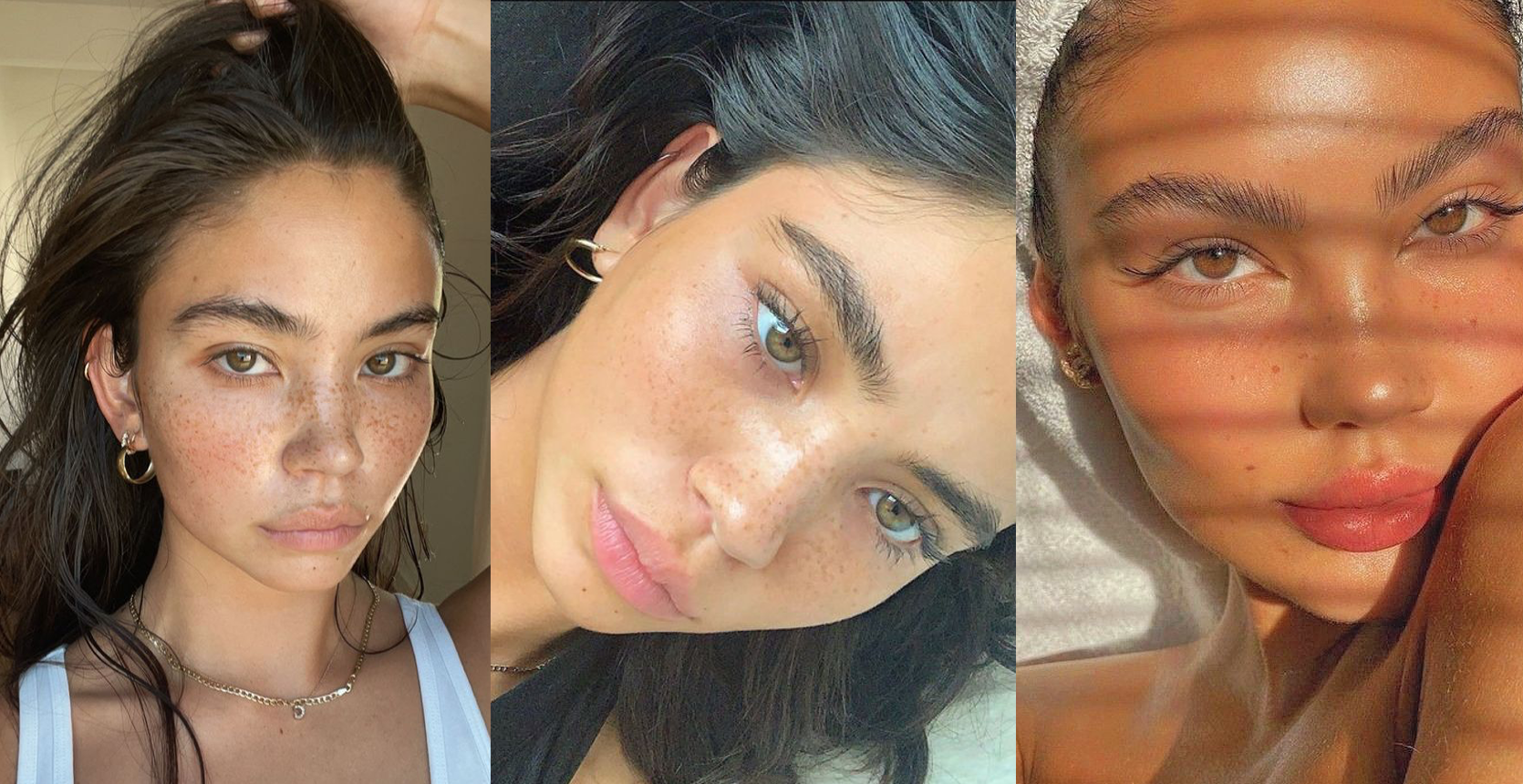
In terms of beauty trends, there are both trends in makeup and in physical face shape.
Makeup has gone from bold, cakey, and obvious to more natural looks. 2016 saw an explosion of a specific type of makeup, characterised by thick pomade brows, heavy eyeshadow with a thick eyeliner and a bold lip. Influencers such as Kylie Jenner embodied this trend, along with YouTube makeup gurus who posted tutorials to recreate the look. Now, this era of makeup has almost completely disappeared. Today there is more emphasis on natural looks; feathery brows with minimal eyeshadow and neutral colours. The ‘clean girl’ trend is now here. Makeup is now about subtlety, the ‘no makeup-makeup look’ is now a part of many women’s lives. Although the ‘clean girl’ focuses on natural beauty, the issue now is that it implies that there is a ‘dirty girl'. There is an emphasis on always looking pristine and perfect, but only in a natural way. Instead of spending hundreds of dollars on makeup in 2016, there is now an expectation to spend hundreds of dollars on skincare and facial treatments.

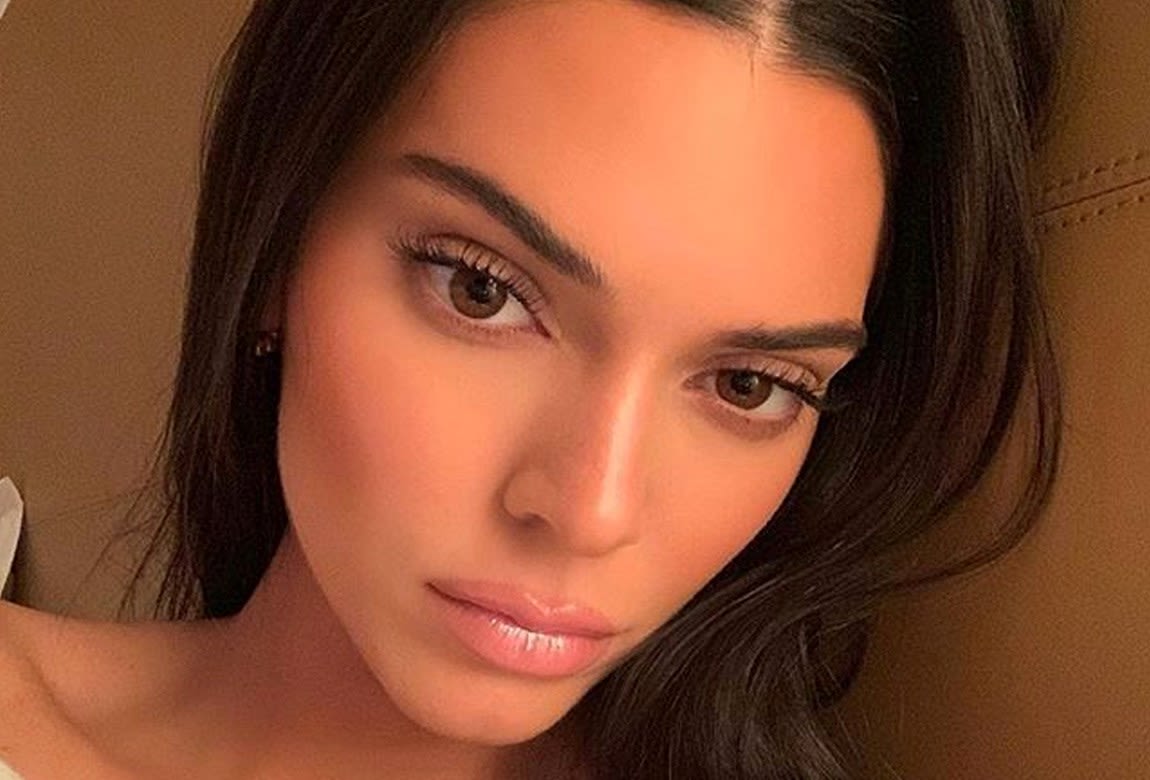
One positive about makeup is that it can change with the trends without too much hassle.
However, other ways of keeping up with the beauty trends are not so easy to undo. Procedures such as a canthoplasty, known as fox-eye surgery, have recently become popular. It pulls the edges of the eyes up to give them a tighter, slanted look. This can have risks; “as the aging process marches on and the skin naturally loses its elasticity, there is a risk of damage to the eyelid tendons” (Cadogan Clinic, 2022). This procedure will inevitably cycle out of being trendy, causing a rush of fox-eyed women to try and undo it. Something else will take its place, and the cycle starts again.
FASHION TRENDS

An often overlooked, yet heavily scrutinized aspect of womanhood is fashion. Fashion has been used as a tool to make a statement for centuries. The ways in which the clothes are worn, accessorized, and coordinated can tell a lot about the individual. Growing up in the 21st century, it was essentially encouraged to disconnect yourself from your femininity. You wanted to “not be like other girls'' and the desire to be a “tomboy” was further emphasized through media influence.
An example of this includes films such as “The Princess Diaries” and “Mean Girls”, where girls that cared about their looks and had more traditional feminine character traits were criticized and ridiculed. Another more prominent example would be Taylor Swift's “You Belong with Me” in which Swift’s character compares her choice of wearing “T-shirts” and “sneakers” to another girl's choice of wearing “short skirts” and “high heels”.
The term “pick me girl” has been used against girls/women that would put down other women for male validation. Growing up, all of us can think of instances when we wanted to detach ourselves from femininity, thus acting as “pick me, girls”. The fashion trends are indicative of this. Wearing “Converse” to Proms, refusing to wear dresses, and wearing thick rough fabrics was a way to exhibit more tomboy traits.
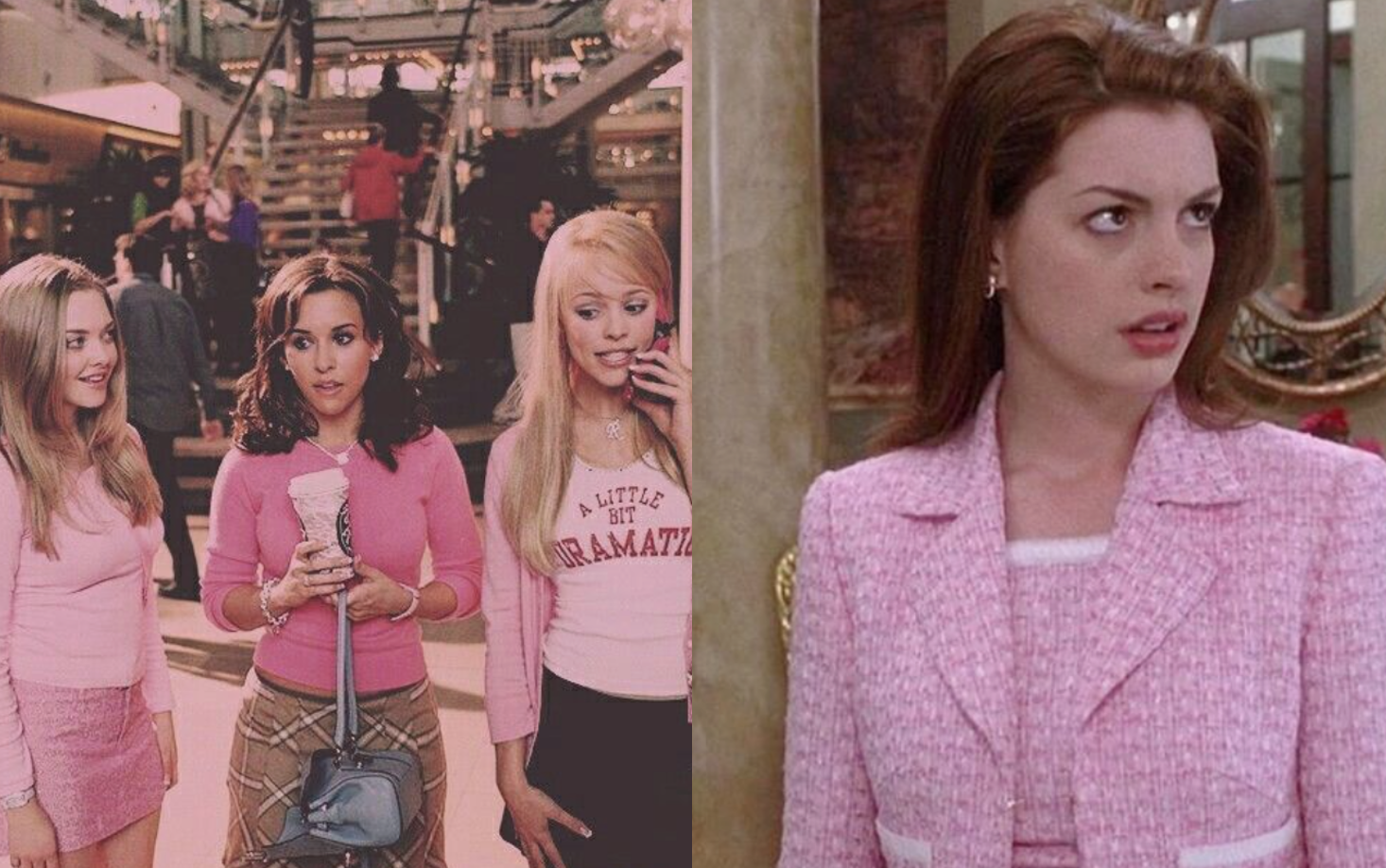
As the internet develops, positive changes in the “pick me” culture are observed. A vast range of fashion aesthetics is now more easily accepted. A large increase in wearing dresses and skirts is observed as women are beginning to reclaim their femininity and unpack their internalized misogyny. In the past, dressing masculine/androgynous was a way to protect oneself and feel better about “not being like other girls”. The recent changes in our culture allow children to regard femininity with the same respect as masculinity.
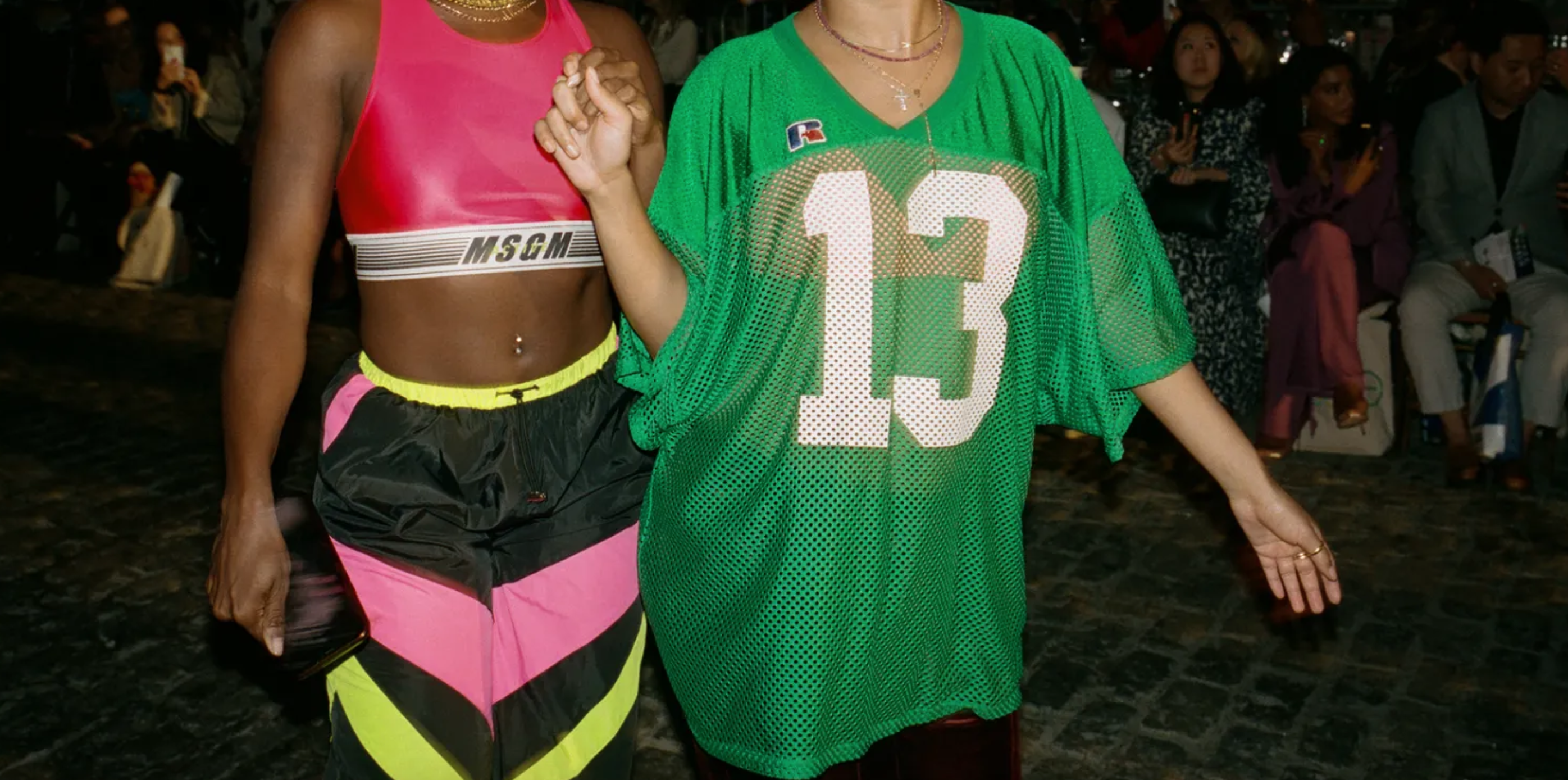
How can one truly FEEL beautiful if what is believed to be beautiful is continuously evolving?

R E F E R E N C E S :
https://www.vogue.com/article/best-skincare-routines
https://www.cadoganclinic.com/ask-the-expert/facial-treatments/what-is-a-fox-eye-surgery
https://www.youtube.com/watch?v=MhY0qqjdACY&ab_channel=JourdanSloane
htt https://www.instagram.com/p/CiK9XTvOh67/ps://www.tiktok.com/@zoouuzaaa/video/71210445
https://www.pinterest.nz/
https://www.google.com/search?q=victoria+secret+ad
